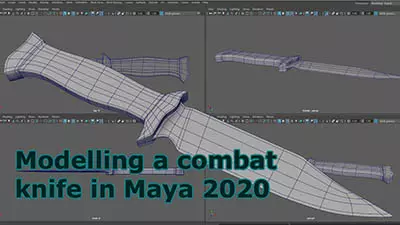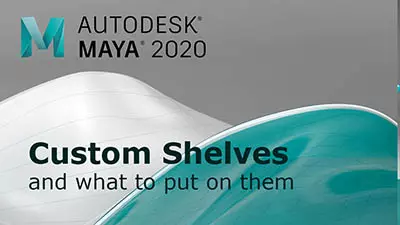I have a picture in my head of a midievil goblet on a table top, with red wine in it, maybe a ruby or two on the table beside it, and a dagger sticking out in the edge of the frame, after playing for a while with maya today, I have only managed to make a goblet!

I will include a picture, I know its not much but its my first thing ever!

My question is this kinda... I modeled the goblet, its very basic, but its the only thng I can handle at the moment. If I wanted to texture it as a brass goblet, what would I go to next to do it? Shaders? How do I make an effective looking brass? ( I have searched the forum and did not find much) I did find a site that lets me download shaders, but its not helping me a whiole lot, I dont even know how to apply them yet (Still looking thru maya help files)
What would be everyones approach to a basic scene such as this? Do all the modeling, layout of the scene, then move to all the texturing, lighting?
If anyone could give some noobie advice, would be appreciated again!











